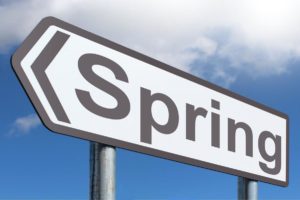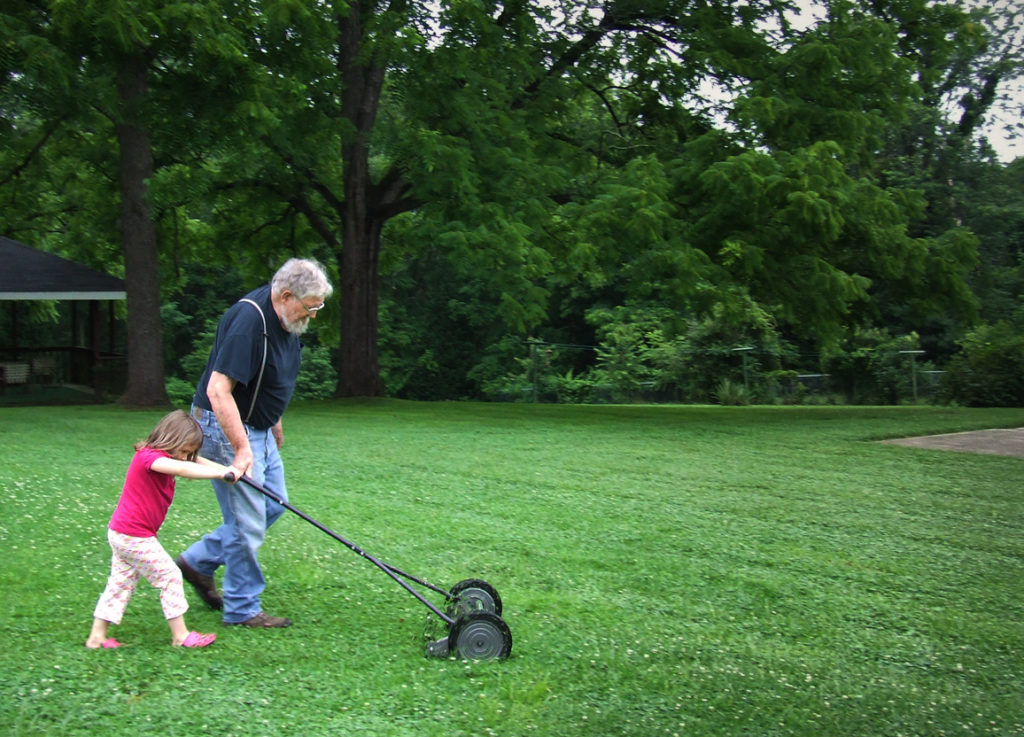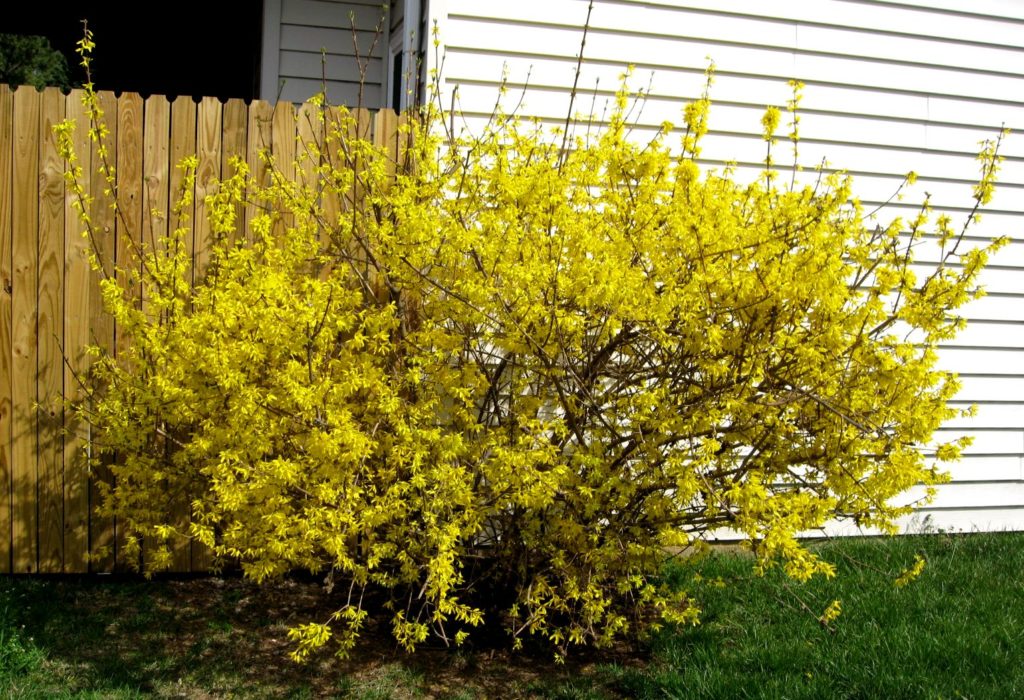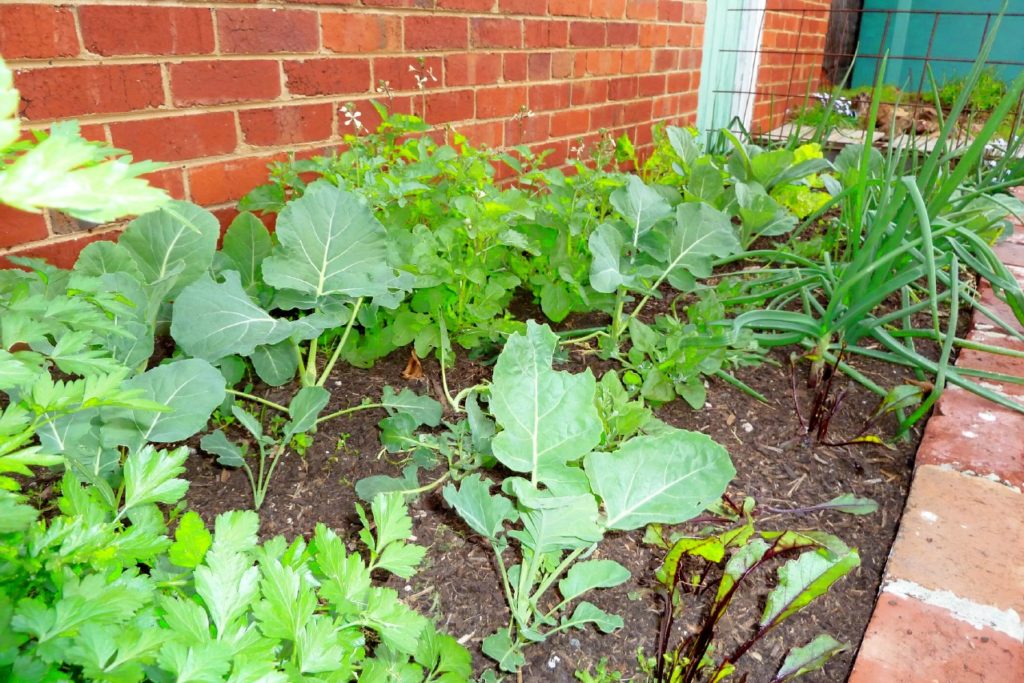Timely Tips for Spring in the Piedmont (Central NC)
go.ncsu.edu/readext?671367
en Español / em Português
El inglés es el idioma de control de esta página. En la medida en que haya algún conflicto entre la traducción al inglés y la traducción, el inglés prevalece.
Al hacer clic en el enlace de traducción se activa un servicio de traducción gratuito para convertir la página al español. Al igual que con cualquier traducción por Internet, la conversión no es sensible al contexto y puede que no traduzca el texto en su significado original. NC State Extension no garantiza la exactitud del texto traducido. Por favor, tenga en cuenta que algunas aplicaciones y/o servicios pueden no funcionar como se espera cuando se traducen.
Português
Inglês é o idioma de controle desta página. Na medida que haja algum conflito entre o texto original em Inglês e a tradução, o Inglês prevalece.
Ao clicar no link de tradução, um serviço gratuito de tradução será ativado para converter a página para o Português. Como em qualquer tradução pela internet, a conversão não é sensivel ao contexto e pode não ocorrer a tradução para o significado orginal. O serviço de Extensão da Carolina do Norte (NC State Extension) não garante a exatidão do texto traduzido. Por favor, observe que algumas funções ou serviços podem não funcionar como esperado após a tradução.
English
English is the controlling language of this page. To the extent there is any conflict between the English text and the translation, English controls.
Clicking on the translation link activates a free translation service to convert the page to Spanish. As with any Internet translation, the conversion is not context-sensitive and may not translate the text to its original meaning. NC State Extension does not guarantee the accuracy of the translated text. Please note that some applications and/or services may not function as expected when translated.
Collapse ▲General
- Clean up any lingering leaves and dead plant material and refresh mulch in planting beds.
- Sharpen and sanitize garden pruning tools
- If you plan to spray, begin a growing-season spray-program for fruit trees, shrubs, and roses.
Lawns
- Apply a broadleaf weed killer to lawns in March on warm days according to label instructions.
- Apply pre-emergence crabgrass products in March; do not seed or overseed when using them.
- Fertilizer: Make last fertilizer application for Tall Fescue lawns before March 15. Lightly fertilize bermudagrass or zoysiagrass in April.
- Mow tallfescue at 4 inches, bermudagrass at 2, and zoysiagrass at 1 to 2.
- During April if you find more than 8 – 10 white grubs per square foot of turf consider using controls to manage the Japanese beetle population and prevent mole issues in the coming month.
- Plant warm-season grasses in May (bermudagrass, zoysiagrass).
Ornamentals
- Hand-pull winter annual weeds such as henbit, Carolina geranium, speedwell, and chick-weed from ornamental beds before they set seed
- In the beginning of March cutback ornamental grasses close to the ground, being careful not to prune any new shoots emerging.
- Divide perennials in March.
- Use lawn alternatives in areas where grass will not grow or is not needed. Mondo grass, pachysandra, ajuga, sedges and sweet woodruff.
- Prune spring-flowering plants such as azaleas, forsythia, and viburnum immediately after they bloom.
- Plant annuals after the last frost. Pinch back first flowers.
- Maintain a 2- to 3-inch layer of mulch around ornamental beds.
- Scout for bagworms on Leyland cypress and junipers in May.
- Move houseplants outside after the last frost date if desired.
Edibles
- Prepare vegetable beds by incorporating soil amendments, lime and fertilizer in March according to the results of your soil test.
- Plant cool-season vegetable seeds and transplants in March, including broccoli, cabbage, carrots, cauliflower, leeks, lettuces, garlic, peas, potatoes, onions, and radishes.
- After the last frost date in mid-April, plant warm-season vegetables like tomatoes, peppers, eggplant.
- Rotate vegetable locations annually to prevent soil-borne pathogens.
- Lightly fertilize vegetables about 6 weeks after planting.
- Scout for cutworms around vegetables.
- Prevent blossom-end rot with consistent watering. Calcium sprays may also help. A soil test will reveal any nutrient deficiencies.
Useful References
- Extension Gardener Handbook – Textbook used in the Extension Master Gardener Training Program (free online and available as a hardback and ebook.)
- Extension Gardener Plant Toolbox –
- Select a plant that will thrive in your location and provide the functions you want (attract songbirds, provide food, select the flower color and bloom time and much more)
- Identify a Plant using the information that you have.
- Browse the garden gallery of a wide variety of landscapes and plants.
- Your local County Extension Center






